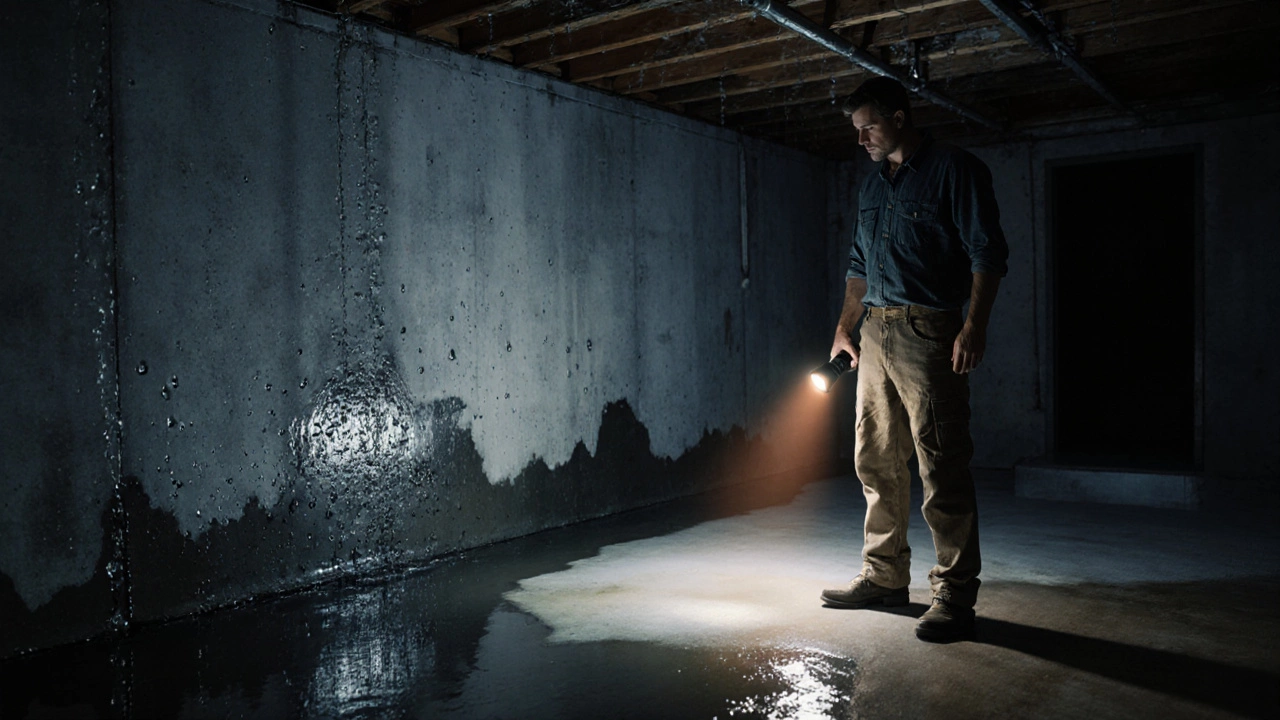Foundation Leak Repair
When dealing with Foundation Leak Repair, the process of locating and fixing water entry points in a building’s base. Also known as basement leak fixing, it requires a systematic approach that blends diagnosis, material choice, and long‑term prevention. Water Infiltration, the unwanted movement of moisture through soil, cracks, or faulty drainage is the primary trigger, while Waterproofing, the application of barriers and sealants to block moisture provides the defensive layer. Finally, Structural Stability, the ability of a foundation to bear loads without shifting underpins the entire repair, ensuring that fixes hold up over time. In short, foundation leak repair encompasses detection of water infiltration, requires effective waterproofing, and depends on structural stability to deliver lasting results.
Why leaks happen and how to spot them
Most homeowners first notice a leak when damp patches appear on walls, musty smells linger in the basement, or floorboards feel spongy. These symptoms point to common culprits such as cracked footings, clogged French drains, and poorly graded landscaping that pushes water toward the foundation. A simple test—spraying water on exterior walls while a colleague watches interior surfaces—can reveal exact entry points. Once identified, the repair plan usually follows a three‑step flow: clean the affected area, apply a suitable waterproofing system, and reinforce the structure if movement is observed. For example, a crack wider than ¼ inch often needs epoxy injection, whereas a narrow hairline fissure can be sealed with flexible polyurethane. Drainage improvements, like installing a perimeter sump pump or re‑grading soil, tackle the root cause of water buildup and reduce future pressure on the foundation.
Choosing the right contractor matters. Look for specialists who explain their waterproofing method—whether it’s a cementitious coating, a membrane system, or a combination of interior and exterior solutions. Ask about warranties, material performance data, and how they verify structural stability after the work. Cost can vary; a basic interior seal might run a few hundred pounds, while full exterior excavation and membrane installation can climb into the thousands. The key is to balance immediate fix costs with long‑term savings from prevented damage, mold growth, and property value loss. Below you’ll find articles that break down design decisions, budget planning, and step‑by‑step guides, giving you the confidence to tackle any foundation leak repair project head‑on.
Stop Interior Foundation Leaks: Proven Repair Methods & DIY Guide
- Gavin Whitaker
- |
- |
- 0
Learn practical ways to stop interior foundation leaks-diagnose the cause, install sump pumps, French drains, crack injection, and improve drainage with clear step‑by‑step guidance.
View more